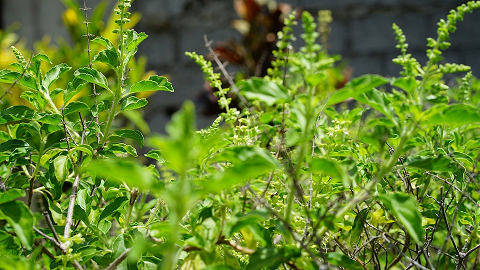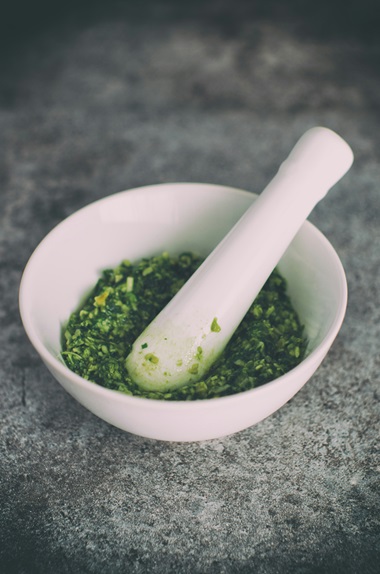Pesto and foraged wild medicinal plants really are a match made in heaven.
Benefits of this foraged wild weed pesto are that you can:
- use whatever you’ve got on hand,
- wild plants have are nutrient dense sources of a variety of vitamins and minerals – depending which wild plants you end up using.
- bitter flavours are deliciously hidden
- easy to get into a regular rhythm of making this simple kitchen medicine, which lets face it, is half the battle
- Easy for kids to help you make and forage. The more kids can be involved in making food and medicine, the more likely they are to eat it and learn these useful life skills
So what weeds can you use in foraged wild weed pesto?
In my subtropical area, it depends which season it is. I recommend nibbling the plants so you get a feel for their flavour. They all mix well together, but some will be milder and balance out the more bitter herbs. Helpful hint, young leaves will often have a milder taste.
Coming into winter, great herbs you might forage are
- Cobblers pegs
- Nodding top
- Tulsi
- Chickweed
- Gotu kola
- Catsear
- Dandelion
- native violets
- Stuff in the garden such as basil, parsley, rosemary, sage or nasturtium
As with all foraging, make sure each herb is safe for you to consume – check for any safety and contraindications.

There will be others as well, start by getting to know the plants that grow near you, might include nettle, purslane or plantain (although I never find these growing near me, so I haven’t much experience with them).
You can also mix with other kitchen greens like spinach, rocket or celery leaves
👉 Make sure you forage ethically and safely, only taking what you can 100% accurately ID; not harvesting where it’s sprayed or near main roads; only taking what you need and leaving more of the plants than you take.
To make the wild weed pesto:
I personally don’t measure anymore (if I ever did), so the measurements are guides for when you’re starting out. I think pesto is the kind of recipe where every family should have its own ‘secret family recipe’ – ie your fav combos of herbs, nuts, ratio of oil and cheese etc.
You can also make smaller or larger pesto batches, depending what you’re using it for and what herbs you’ve got available, so that as your guide and just generally keep the ratios the same.
You’ll develop this over time, but to start off, use:
Ingredients for foraged wild weed pesto
- Handful of herbs (mix of any of above) – up to 3 cups
- Handful of nuts (I like cashews and almonds, but could use any nuts or seeds on hand – around ½ cup nuts
- Chunk Parmesan (1/4 cup) or 1 tablespoon nutritional yeast and salt for vegan version
- olive oil, to make a paste, can add more to make it saucier (probably around ½ cup)
optional: add lemon juice (1/4 lemon) or a clove of raw garlic to taste. The raw garlic acts as a great immune stimulant to ward off colds/flu and fresh lemon juice adds a lovely hit of vitamin c and bioflavonoids.
Method
- Start by blitzing the nuts in a food processor to small chunks.
- Add the green leaves, parmesan (or nutritional yeast and salt), garlic and lemon juice if using and blitz until leaves are reduced. Can add half the olive oil here (or all of it if you’d rather just do it all at once)
- Add remaining olive oil to the consistency you desire – you can make it chunkier or smoother, thicker or more oily. The choice is yours!
Don’t have a food, go old school ‘Nonna style’ in a mortar and pestle or using a knife and chopping board.
How to use
You can use the wild weed pesto as a dip, part of a salad dressing, pasta sauce, on pizza, on toast, in wraps


